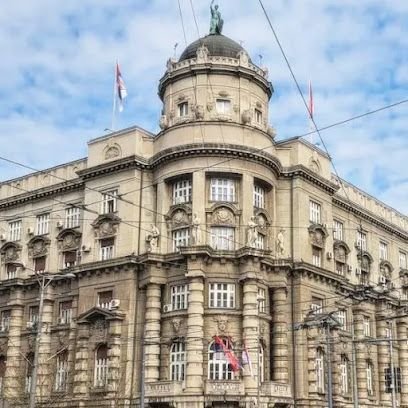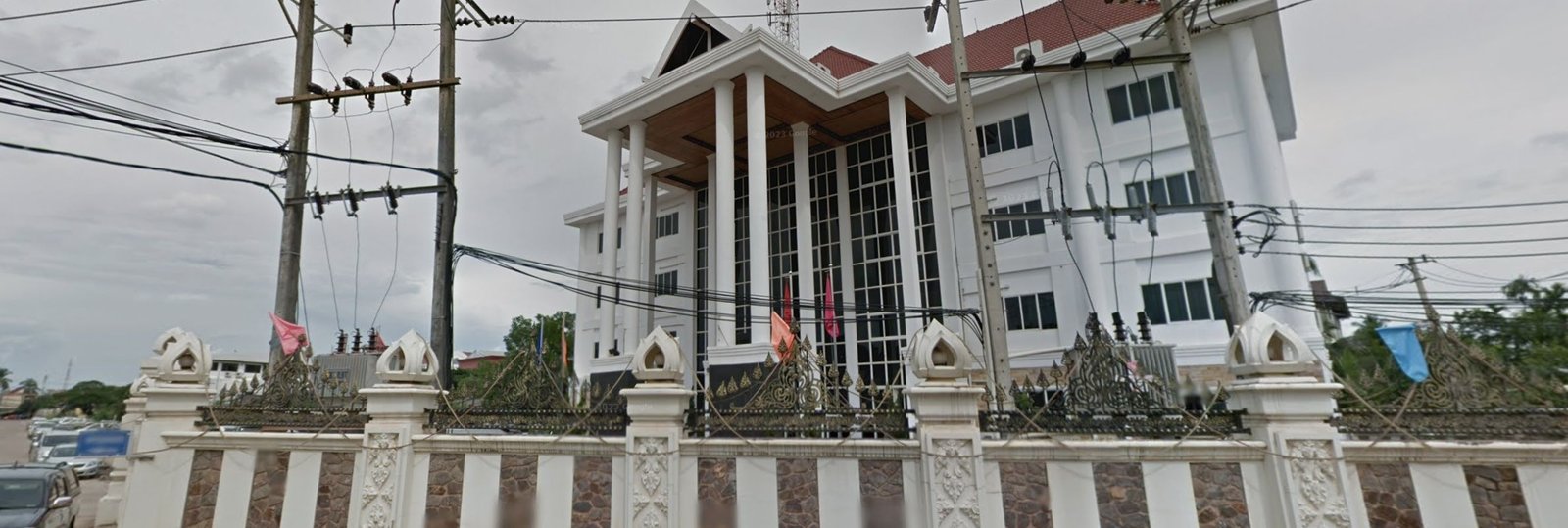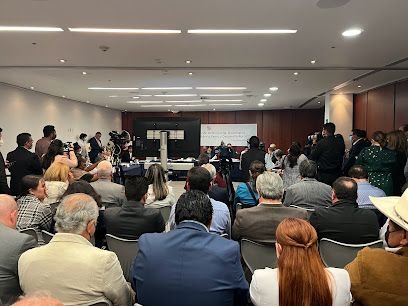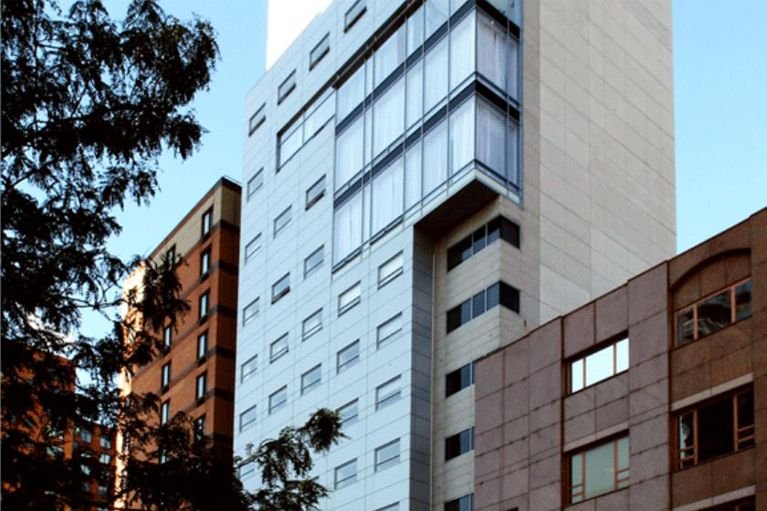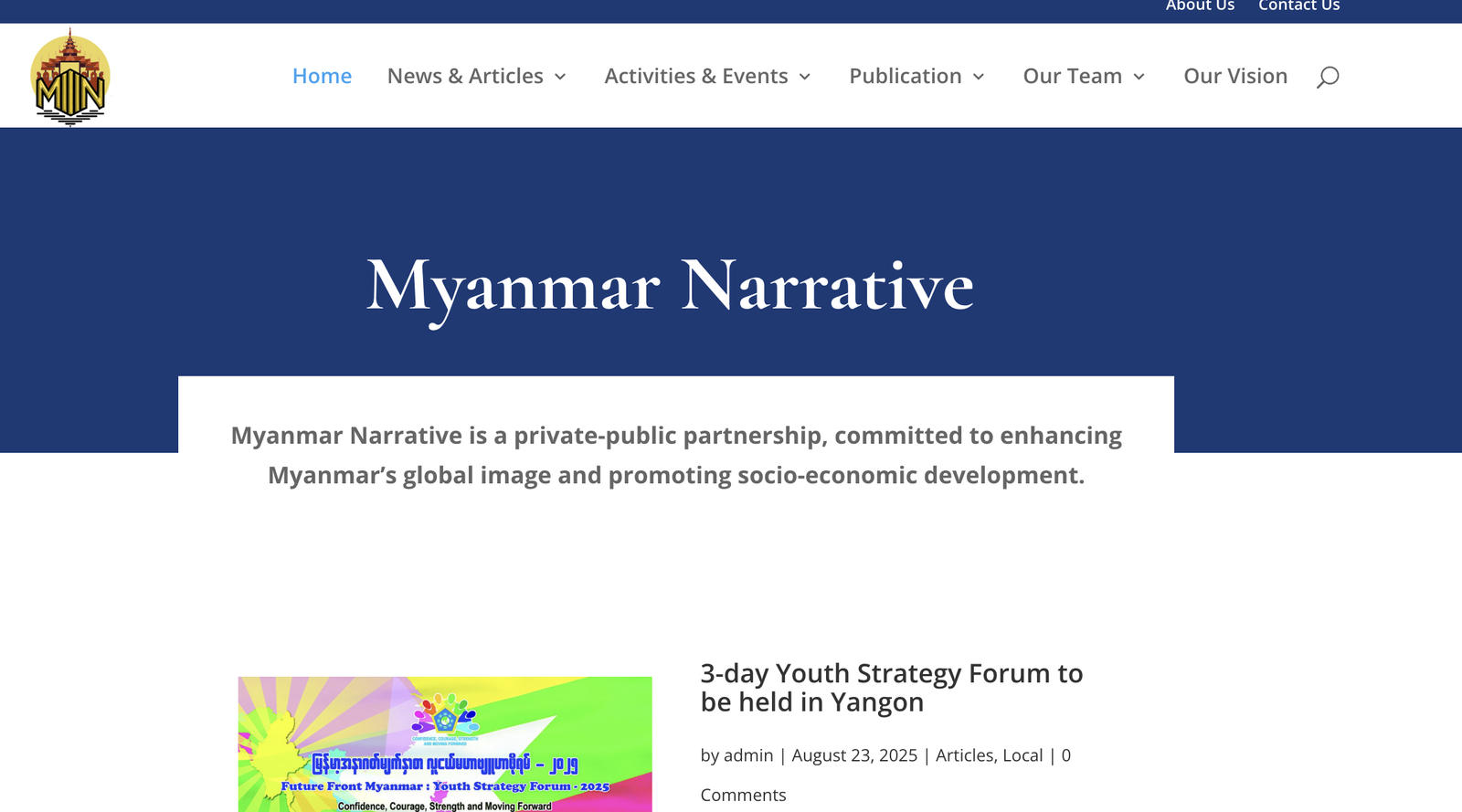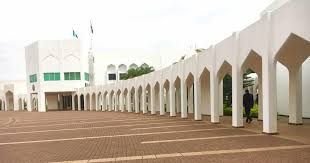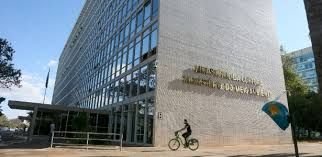Government of Serbia
The Government of Serbia, headquartered at 11 Nemanjina Street in Belgrade, is the country’s executive branch, established in its current form on May 2, 2024, though tracing its origins to the Serbian Governing Council of 1805. The institution evolved through several iterations, including the People’s Government of Serbia in 1945, before taking its present form. The government comprises 32 ministries and operates under the leadership of a prime minister, who is nominated by the president and appointed by the National Assembly. According to Serbia’s constitution, the government determines policy, executes laws, adopts regulations, proposes legislation, and directs public administration. The organization maintains oversight responsibility to the National Assembly and is housed in the Government Building in Belgrade.

